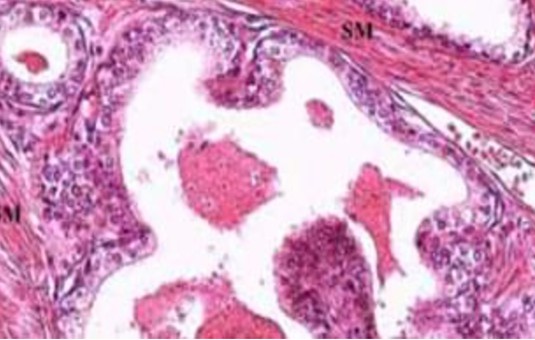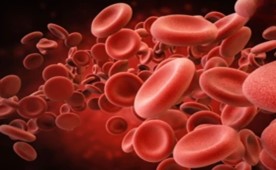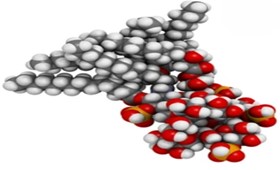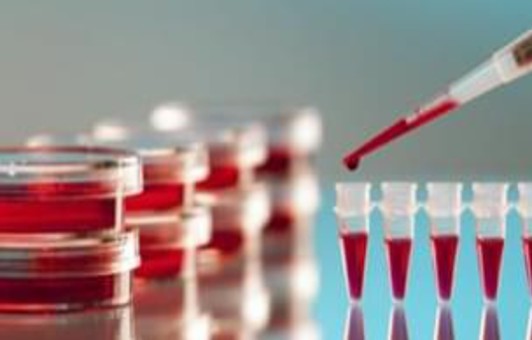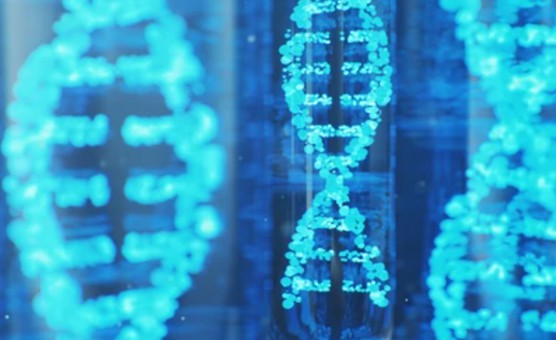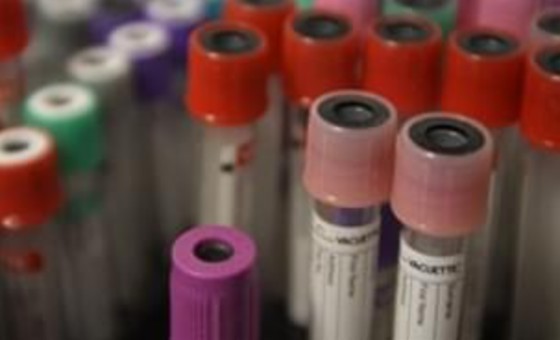Biospecimen Collection Protocol
GUIDELINE
- A wide variety of specimen types may be collected for storage, depending on availability and study goals, such as tissues that from autopsy and transplant, cell lines, and so on.
- Timing. In general, it is important to minimize the time between collection and stabilization and processing of tissue specimens. This time will vary according to the intended use, since different biomolecules degrade at different rates. The effects of collection timing on tissue and macromolecule preservation have not been well studied. The best approach is to collect, stabilize (freezing or fixing) and process tissue specimens as rapidly as possible.
- Surgical specimens. Remnant samples may be collected from diagnostic procedures. Depending on the intended use, specimens may be transported or frozen immediately. Samples requiring snap freezing can be frozen in a Dewar flask of liquid nitrogen or on dry ice at the time of collection. Otherwise, it is recommended that samples be transported in saline on wet ice to the repository or laboratory for additional processing.
- Transplant tissue and organs that are inappropriate for transplant may sometimes be made available for research. Often transplant tissue is of a higher quality than either surgical or autopsy specimens, due to the special efforts made to preserve the integrity of the transplant organs.
METHODS
- Serum. Coagulate whole blood at room temperature (20-25°C) for 20-30 min; 1,000 x g at room temperature for 10 min; then collect supernatant, or optionally use a serum separator. If the sample is hyperlipidemic, first centrifuge at 2-8°C 10,000 x g for 10 min to separate out the lower serum layer.
- Plasma. Choose citric acid or EDTA as anticoagulant according to the requirements. If heparin is chosen as the anticoagulant, it is recommended that no more than 10 IU of heparin per ml of blood be used (too high a dosage of heparin may result in high values for some assays). Within 30 min after collection of anticoagulated whole blood, the plasma is separated and collected by centrifugation at 10,000 x g at 4°C for 10 min. If the sample is hyperlipidemic, first centrifuge at 2-8°C at 10,000 x g for 10 min to separate the lower plasma layer.
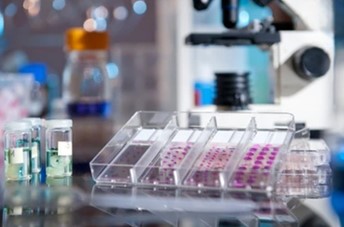
- Tissue samples. Specimens are rapidly frozen in liquid nitrogen for storage after removal. Keep the specimens at 2-8°C even after thawing. Add an amount of buffer containing protease inhibitors and homogenize the specimens by hand or with a homogenizer. Centrifuge for about 20 min (2000-3000 rpm) and carefully collect the supernatant. If precipitate is present during storage, the sample should be centrifuged again to remove the precipitate before the assay. 16,000 x g centrifugation for 5 min is recommended.
NOTES
- If the assay cannot be performed within 24 h, it needs to be separated below -20°C to avoid repeated freeze-thawing.
- Biospecimen must be collected under strict ethical and legal guidelines, and the collection of samples for research must never compromise the diagnostic integrity of a specimen.
RELATED PRODUCTS & SERVICES
Reference
- Vaught JB and Henderson MK. (2011). "Biological sample collection, processing, storage and information management." IARC Sci Publ. (163), 23-42.
